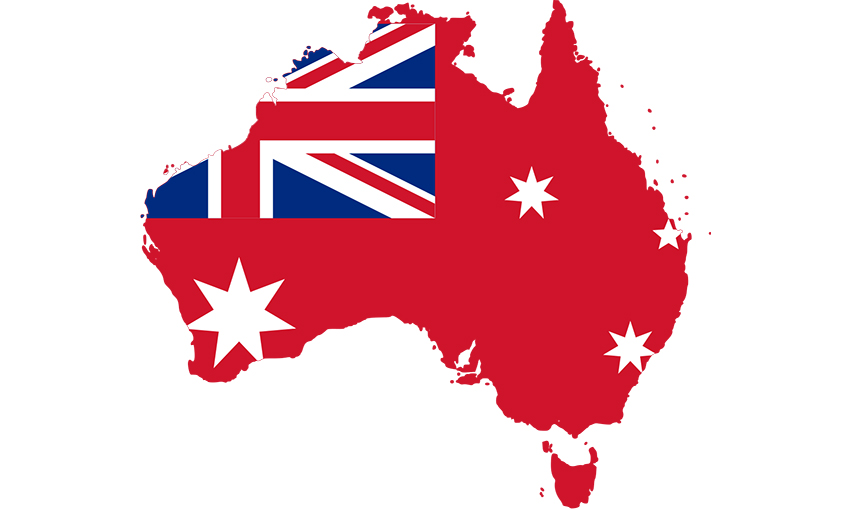IN RECENT times Australia’s maritime industry could reasonably be characterised as fragmented – as the many and varied players each have done their level best to survive, especially during and post-Covid.
Despite our geography, in recent history, Australia as a maritime nation has been far from the national psyche. Other nations that value their maritime sectors have a laser-like focus on national maritime policy, ensuring their industry can evolve and continue to grow in the face of pressure from an increasingly competitive international industry. One attempt to arrest the decline in Australian shipping was made in 2012, but this was ineffective.
CONSEQUENCES
With the benefit of hindsight, it’s clear that historical inaction cannibalised future success.
From 2024 there will only be nine Australian-flagged vessels, which poses a very real economic and national security threat during a global crisis. While this isn’t news to the industry, it is a story of which the public is largely unaware.
The decline in Australian ships is driving the current skills crisis, which sees a desperate shortage of experienced crew, a dried-up skills development pipeline to create them and intense competition between sectors to access the small pool of highly qualified Australians.
The immense challenge of decarbonisation, which will intensify throughout this critical decade, has the potential to further divide the industry if operators, energy suppliers, and infrastructure owners don’t seek to be inclusive over the use of green fuel technologies. Meanwhile, politicians grapple with the most effective way to meet the country’s emissions targets; not to mention the lack of Australian-flagged vessels.
Yet from this bleak picture, a new vision emerges.
A NEW HOPE
MIAL’s vision is a prosperous Australia with strong, sovereign maritime capability. This is not an empty platitude – it steers our work and determines our fields of engagement. It is also the banner behind which our members stand, not fragmented, but sounding in unison. Because of this vision, we know where we’re heading and for what we strive – and we are getting there.
For the first time, industry players are coming together to address the maritime skills crisis as MIAL and AREEA host a joint workshop on this issue in June.
After years of lobbying by MIAL, the federal government honoured a pre-election commitment to establish a taskforce to identify the work that needs to happen to create a strategic fleet. Given the long time horizon and the magnitude of these investment decisions, bipartisan support is essential and we are keen to work across government and the opposition to ensure the long-term success of this policy in the national interest.
Recently, MIAL held its third summit on decarbonisation where more than 120 attendees heard that the first ammonia-powered vessel could be on the water within five years. The momentum for change is gathering pace. The implementation of green fuel is a lot closer than we might have predicted this time last year.
BRIGHTER FUTURE
It’s popular to think of maritime as conservative, averse to change. Even if that was true, it isn’t now.
Globally, maritime is evolving – the change driven by collaboration. Take Westfalia’s Trade & Transport Impact Program, or the joined-up thinking over at the Global Centre for Maritime Decarbonisation (we were lucky to have the centre’s CEO, Professor Lynn Loo, speak at our summit). Australian maritime, like the rest of the world, is coming together because that is what needs to happen for it to not only survive, but to thrive.
Great things happen when people are united. MIAL is committed to working with our members, the broader industry, community, and all levels of government to realise our vision of a prosperous Australia with strong, sovereign maritime capability.
We are a maritime nation, an island-continent that relies on seaborne supply chains. The equation is simple: Maritime success equals Australia’s success.
This article appeared in the July 2023 edition of DCN Magazine





